Which plants are heat-resistant?
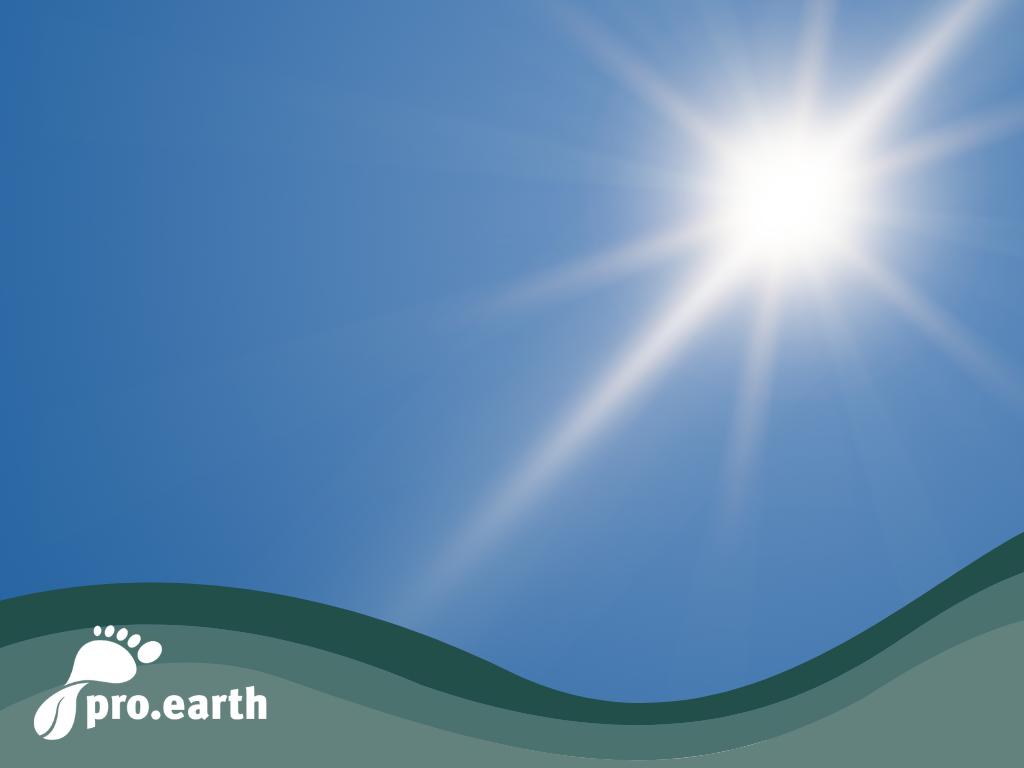
Our garden will be easier on us if we simply rethink it. This means that we plant plants that can better withstand our world as it is now - so they have to cope with more heat and less water.
How can you recognize heat-resistant plants?
Plants for hot and dry locations can often be recognized by the following characteristics:
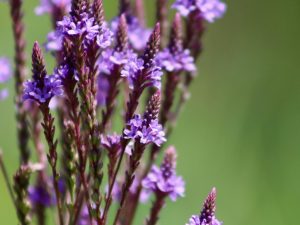 Small leaves
Small leaves
They reduce the surface area and thus reduce evaporation, as is the case with verbena, for example.
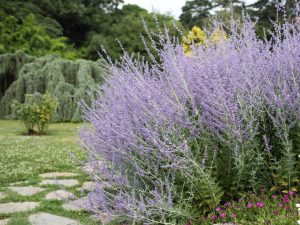 Silvery or gray leaves
Silvery or gray leaves
They reflect the sunlight, so plants such as Perovskia or lavender heat up less.
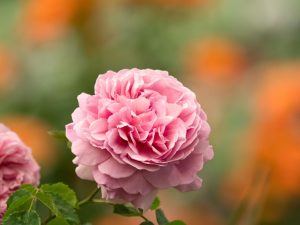 Deep roots
Deep roots
Deep-rooted plants can draw on deep water supplies. Roses are a good example of this - some plant species can be "trained" to root deeper by watering them less frequently but more extensively
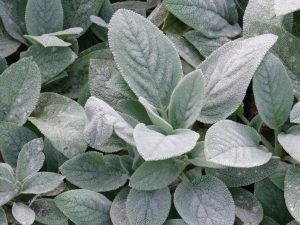 Fine fuzz on the leaves
Fine fuzz on the leaves
It prevents dehydration. An example of this would be the woolly cistus.
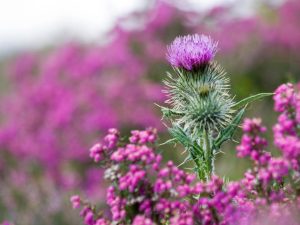 Rough, hard leaves
Rough, hard leaves
This means that they have additional protective cell layers. As can be seen in the relatively unloved thistle plants such as lesser mange.
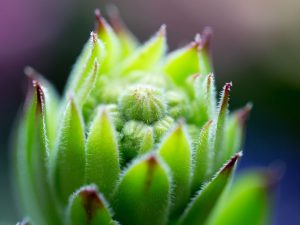 Thick sheets
Thick sheets
So-called thick-leaved plants, such as the frugal houseleek, are so named because they store water in their leaves.
Perennials?
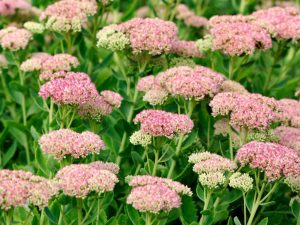 There are perennials that really come into their own in dry conditions. This can be seen with stonecrop, hanging bellflower and stonecrop.
There are perennials that really come into their own in dry conditions. This can be seen with stonecrop, hanging bellflower and stonecrop.
They make wonderful plants for dry beds, retaining walls and slightly raised terraces. As the mountain plants live in nature largely on gravel-rich, humus-poor soil that dries out completely after just a few days without rainfall, they cope very easily with such conditions.
And potted plants?
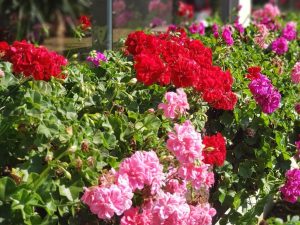 No matter how little water they need, even the most undemanding plants have a hard time in pots and containers. This is completely logical, as the soil in pots dries out much faster than in beds. What's more, these plants are often in full sun.
No matter how little water they need, even the most undemanding plants have a hard time in pots and containers. This is completely logical, as the soil in pots dries out much faster than in beds. What's more, these plants are often in full sun.
Nevertheless, there are also species that can survive a short dry spell.
The undisputed queen of balcony boxes is the geranium, which can grow in a hanging or upright form. After all, it comes from South Africa and is accustomed to suffering.
Other ascetics are: Gazania, cape basket, hussar button, noon flower and purslane.
For large pots, we recommend spice bark, pomegranate, broom and coral shrub - the oleander, which has been dragged around for decades to the point of a slipped disc, has actually had its day - it is simply too thirsty.






